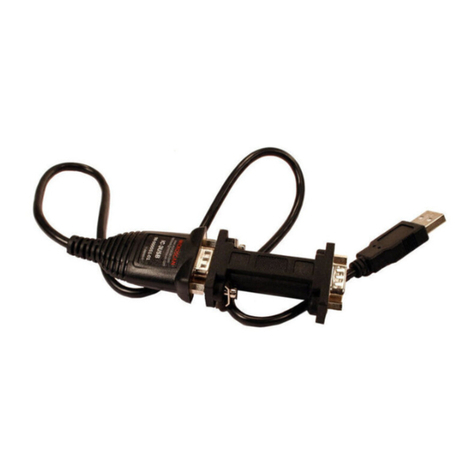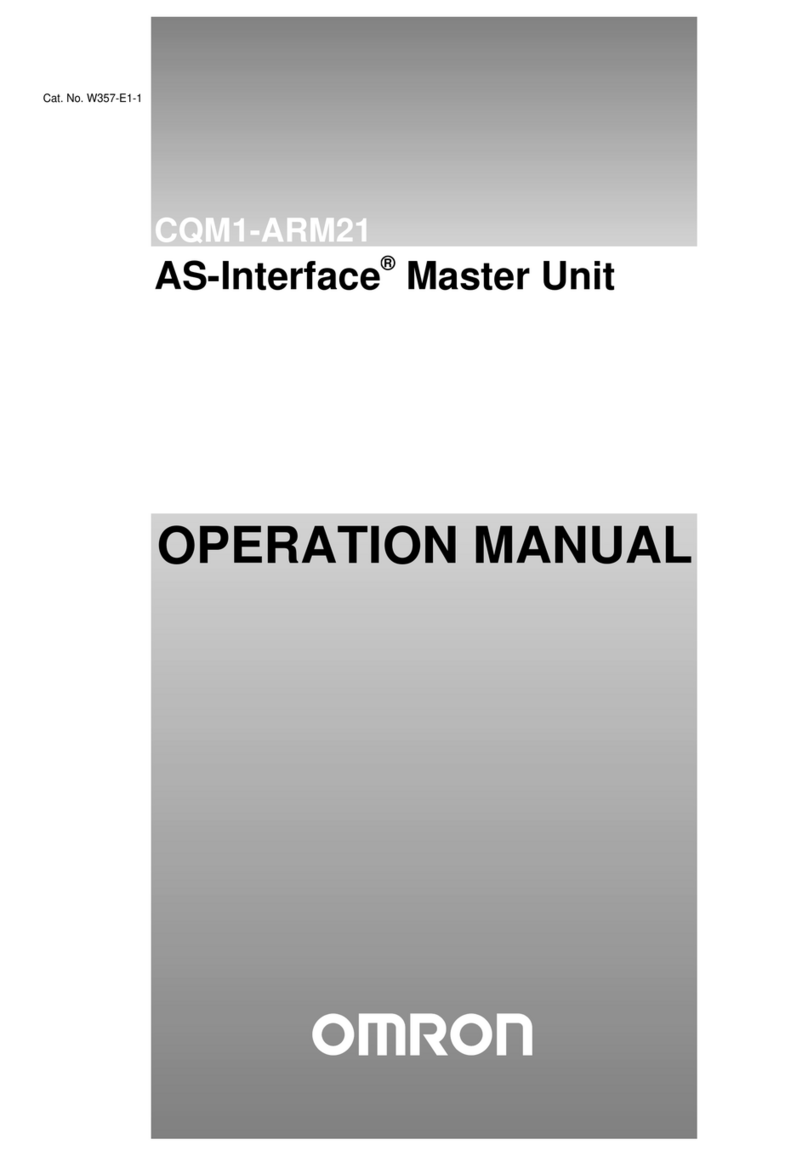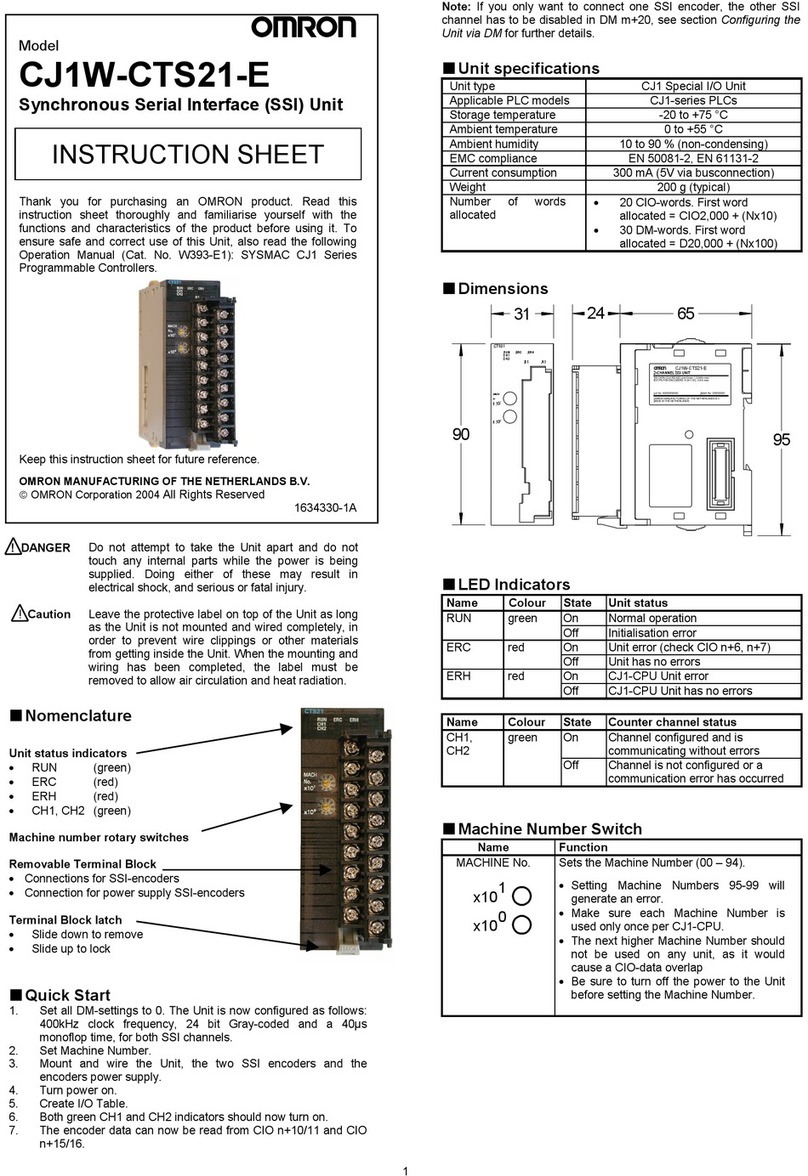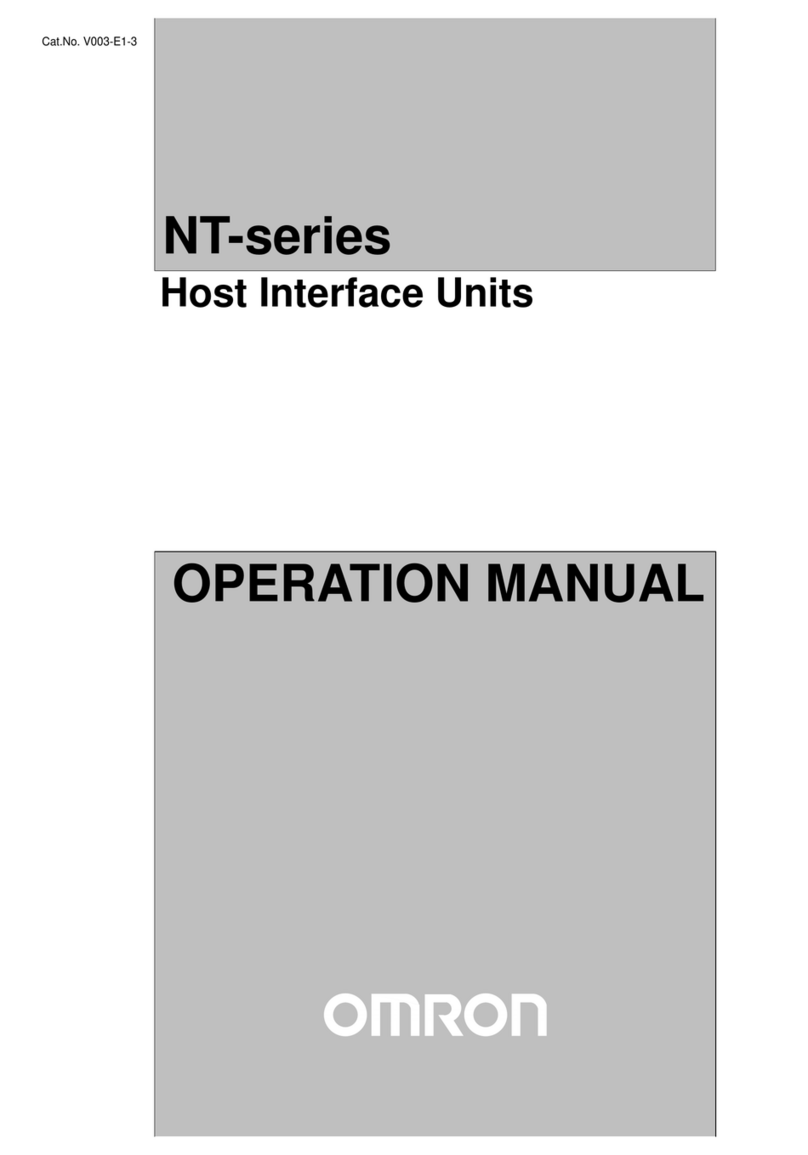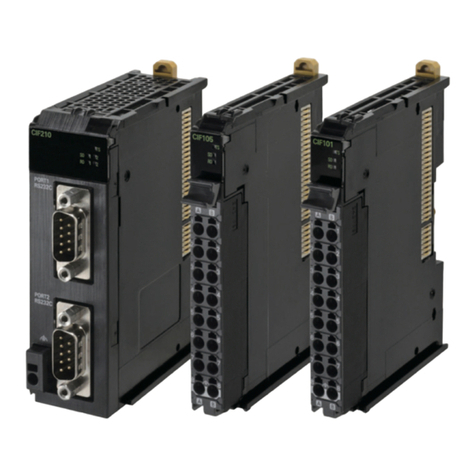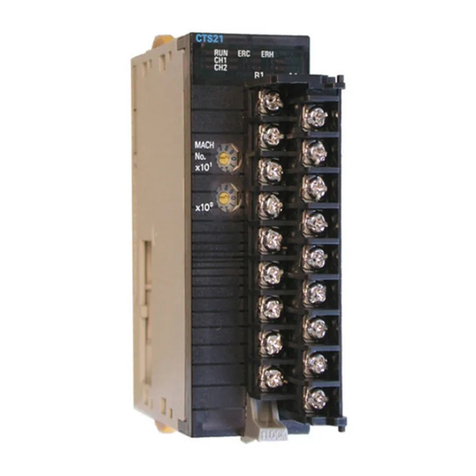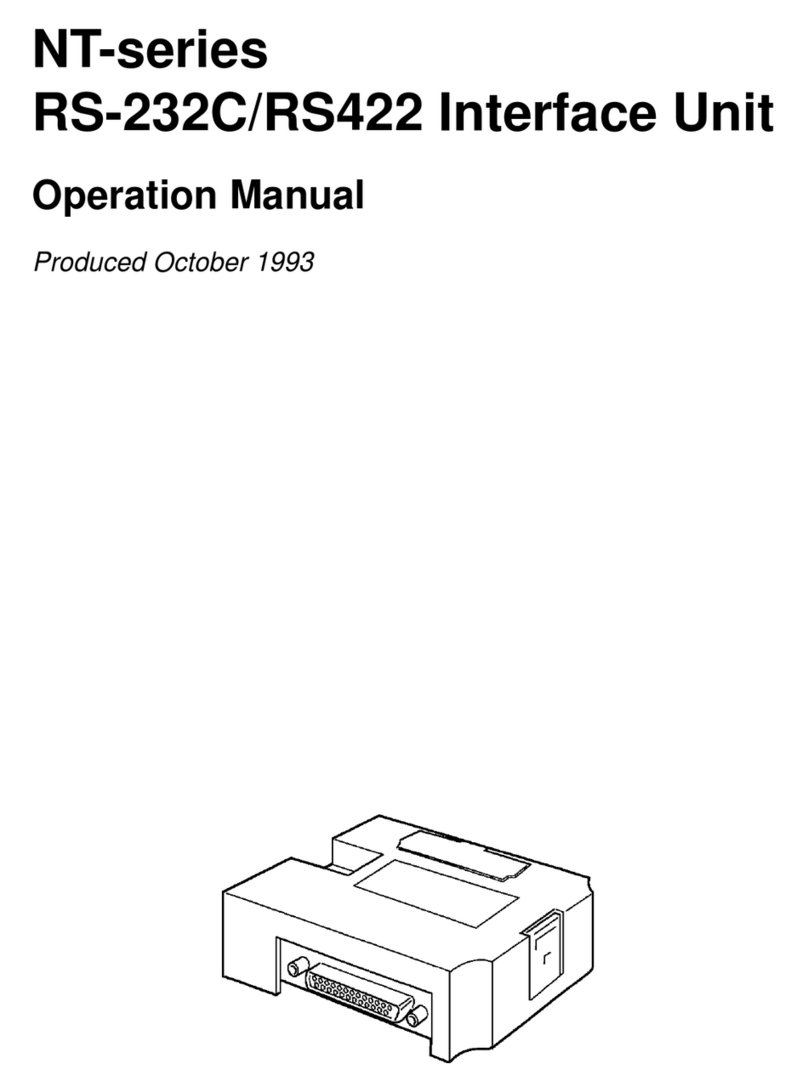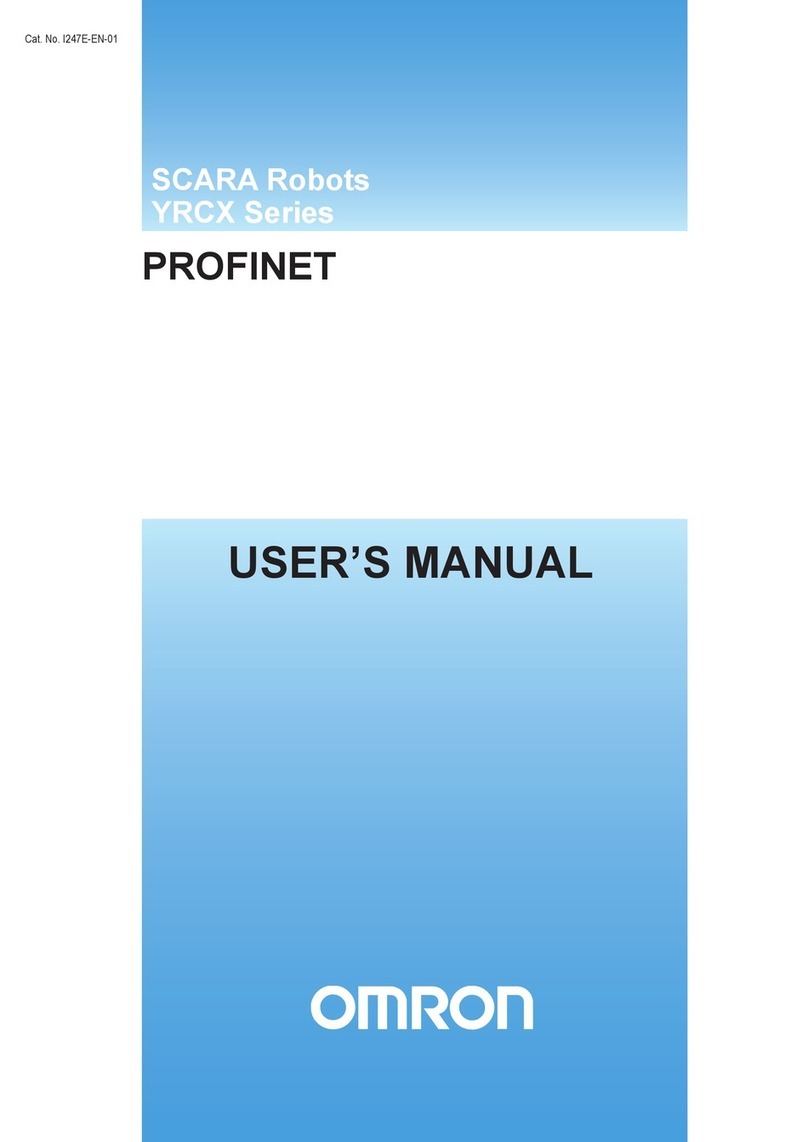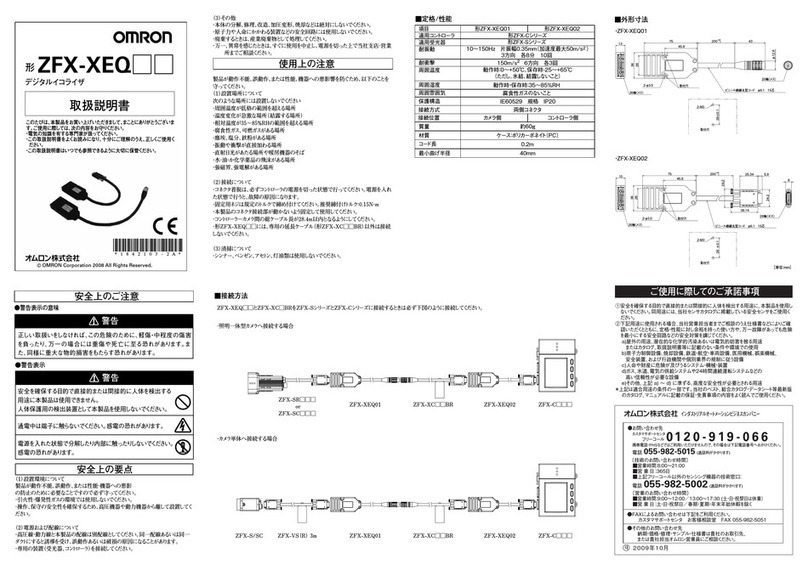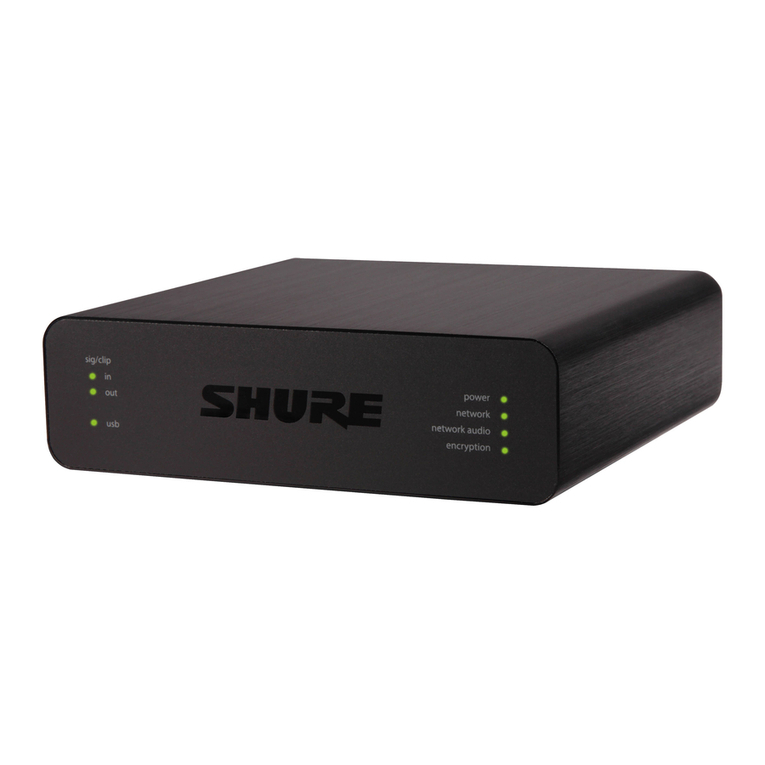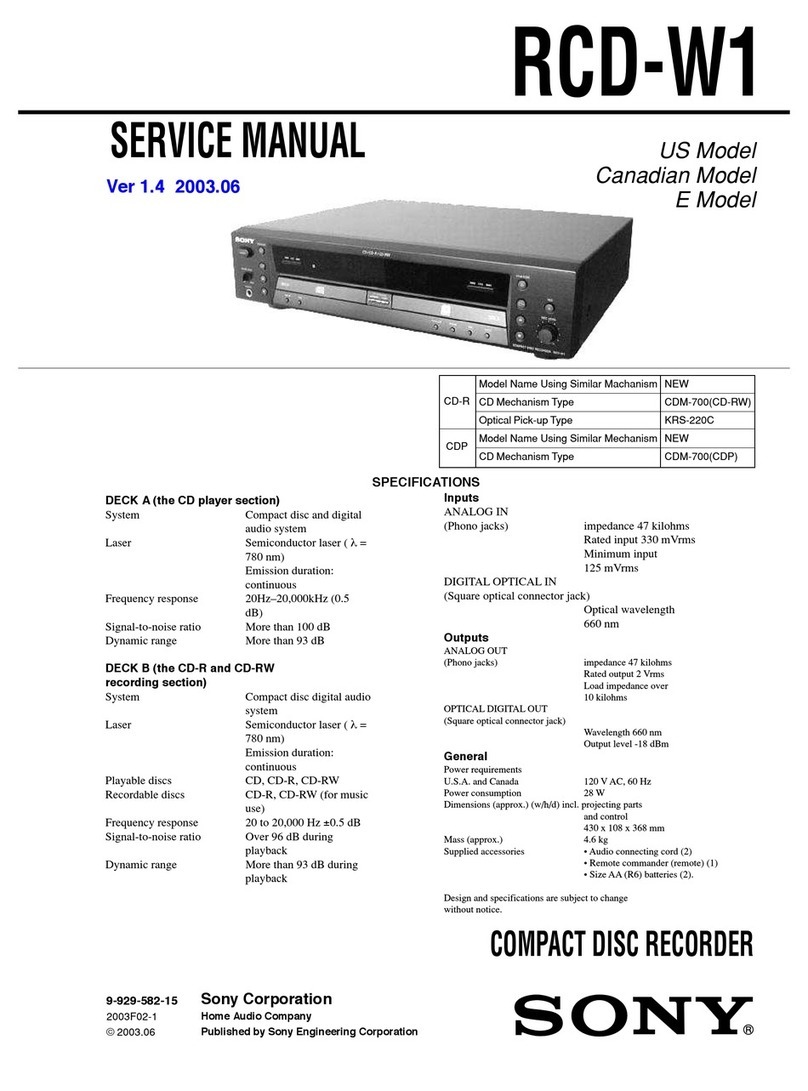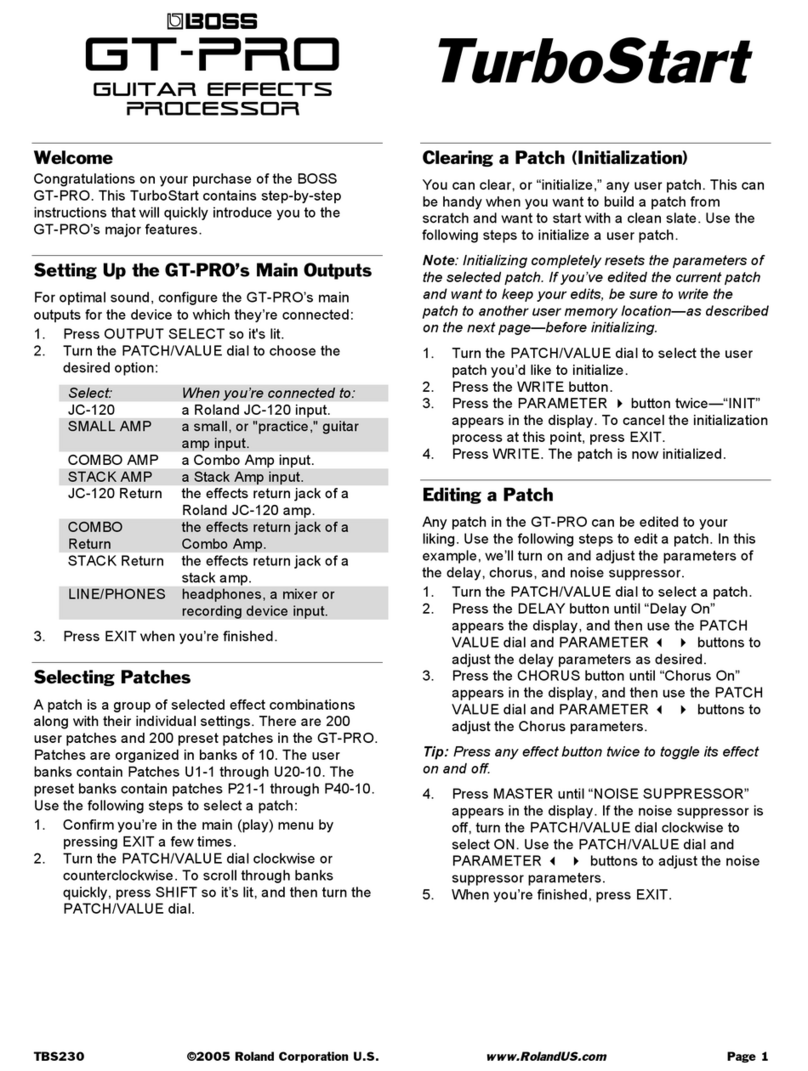TABLE OF CONTENTS
vii
PRECAUTIONS xi. . . . . . . . . . . . . . . . . . . . . . . . . . . . . . . . .
1 Intended Audience xii. . . . . . . . . . . . . . . . . . . . . . . . . . . . . . . . . . . . . . . . . . . . . . . . . . . . . . . . . . .
2 General Precautions xii. . . . . . . . . . . . . . . . . . . . . . . . . . . . . . . . . . . . . . . . . . . . . . . . . . . . . . . . . .
3 Safety Precautions xii. . . . . . . . . . . . . . . . . . . . . . . . . . . . . . . . . . . . . . . . . . . . . . . . . . . . . . . . . . .
4 Operating Environment Precautions xiii. . . . . . . . . . . . . . . . . . . . . . . . . . . . . . . . . . . . . . . . . . . . .
5 Application Precautions xiii. . . . . . . . . . . . . . . . . . . . . . . . . . . . . . . . . . . . . . . . . . . . . . . . . . . . . .
6 Conformance to EC Directives xvii. . . . . . . . . . . . . . . . . . . . . . . . . . . . . . . . . . . . . . . . . . . . . . . . .
SECTION 1
Introduction 1. . . . . . . . . . . . . . . . . . . . . . . . . . . . . . . . . . . .
1-1 Features of the DeviceNet Interface Unit 2. . . . . . . . . . . . . . . . . . . . . . . . . . . . . . . . . . . . .
1-2 DeviceNet Functions 3. . . . . . . . . . . . . . . . . . . . . . . . . . . . . . . . . . . . . . . . . . . . . . . . . . . . .
1-3 System Configuration 7. . . . . . . . . . . . . . . . . . . . . . . . . . . . . . . . . . . . . . . . . . . . . . . . . . . . .
1-4 Outline of Configurator 9. . . . . . . . . . . . . . . . . . . . . . . . . . . . . . . . . . . . . . . . . . . . . . . . . . .
1-5 Functions of the DeviceNet (CompoBus/D) Interface Unit 10. . . . . . . . . . . . . . . . . . . . . . .
SECTION 2
Operating Procedures 15. . . . . . . . . . . . . . . . . . . . . . . . . . . .
2-1 Operating Procedures Flowchart 16. . . . . . . . . . . . . . . . . . . . . . . . . . . . . . . . . . . . . . . . . . . .
2-2 Simple System Configuration 20. . . . . . . . . . . . . . . . . . . . . . . . . . . . . . . . . . . . . . . . . . . . . .
SECTION 3
Network Design 21. . . . . . . . . . . . . . . . . . . . . . . . . . . . . . . . .
3-1 Network Configuration 22. . . . . . . . . . . . . . . . . . . . . . . . . . . . . . . . . . . . . . . . . . . . . . . . . . .
3-2 Limitations on the Network Configuration 24. . . . . . . . . . . . . . . . . . . . . . . . . . . . . . . . . . . .
3-3 Sharing the Communications Power Supply 27. . . . . . . . . . . . . . . . . . . . . . . . . . . . . . . . . . .
3-4 Grounding the Network 37. . . . . . . . . . . . . . . . . . . . . . . . . . . . . . . . . . . . . . . . . . . . . . . . . . .
3-5 Noise Precautions 38. . . . . . . . . . . . . . . . . . . . . . . . . . . . . . . . . . . . . . . . . . . . . . . . . . . . . . . .
3-6 Correcting Faulty Operation Caused by Noise 40. . . . . . . . . . . . . . . . . . . . . . . . . . . . . . . . .
3-7 Sharing the Same Power Supply 40. . . . . . . . . . . . . . . . . . . . . . . . . . . . . . . . . . . . . . . . . . . .
SECTION 4
Installation and Network Connection 43. . . . . . . . . . . . . . .
4-1 Components and Their Functions 44. . . . . . . . . . . . . . . . . . . . . . . . . . . . . . . . . . . . . . . . . . .
4-2 Mounting the Unit on the PT 45. . . . . . . . . . . . . . . . . . . . . . . . . . . . . . . . . . . . . . . . . . . . . . .
4-3 Connecting to the DeviceNet Network 45. . . . . . . . . . . . . . . . . . . . . . . . . . . . . . . . . . . . . . .
SECTION 5
PT Settings and Operations 51. . . . . . . . . . . . . . . . . . . . . . .
5-1 Installing the System Program 52. . . . . . . . . . . . . . . . . . . . . . . . . . . . . . . . . . . . . . . . . . . . . .
5-2 Structure of the System Menu 56. . . . . . . . . . . . . . . . . . . . . . . . . . . . . . . . . . . . . . . . . . . . . .
5-3 Initializing DeviceNet (CompoBus/D) Memory Switches 57. . . . . . . . . . . . . . . . . . . . . . . .
5-4 Serial Port A Settings 59. . . . . . . . . . . . . . . . . . . . . . . . . . . . . . . . . . . . . . . . . . . . . . . . . . . . .
5-5 DeviceNet (CompoBus/D) Memory Switch Settings 61. . . . . . . . . . . . . . . . . . . . . . . . . . . .
5-6 Checking the PT Settings 64. . . . . . . . . . . . . . . . . . . . . . . . . . . . . . . . . . . . . . . . . . . . . . . . . .
5-7 Checking Communications with the PT 66. . . . . . . . . . . . . . . . . . . . . . . . . . . . . . . . . . . . . .
5-8 Checking the System Program Version 67. . . . . . . . . . . . . . . . . . . . . . . . . . . . . . . . . . . . . . .
SECTION 6
Remote I/O Communications 69. . . . . . . . . . . . . . . . . . . . . .
6-1 Overview of Remote I/O Communications 70. . . . . . . . . . . . . . . . . . . . . . . . . . . . . . . . . . . .
6-2 Settings with the NT-series Support Tool 72. . . . . . . . . . . . . . . . . . . . . . . . . . . . . . . . . . . . .
6-3 Allocating PT Memory to the Host (Master) 74. . . . . . . . . . . . . . . . . . . . . . . . . . . . . . . . . . .
6-4 Allocating PT Data to PT Memory 81. . . . . . . . . . . . . . . . . . . . . . . . . . . . . . . . . . . . . . . . . .

